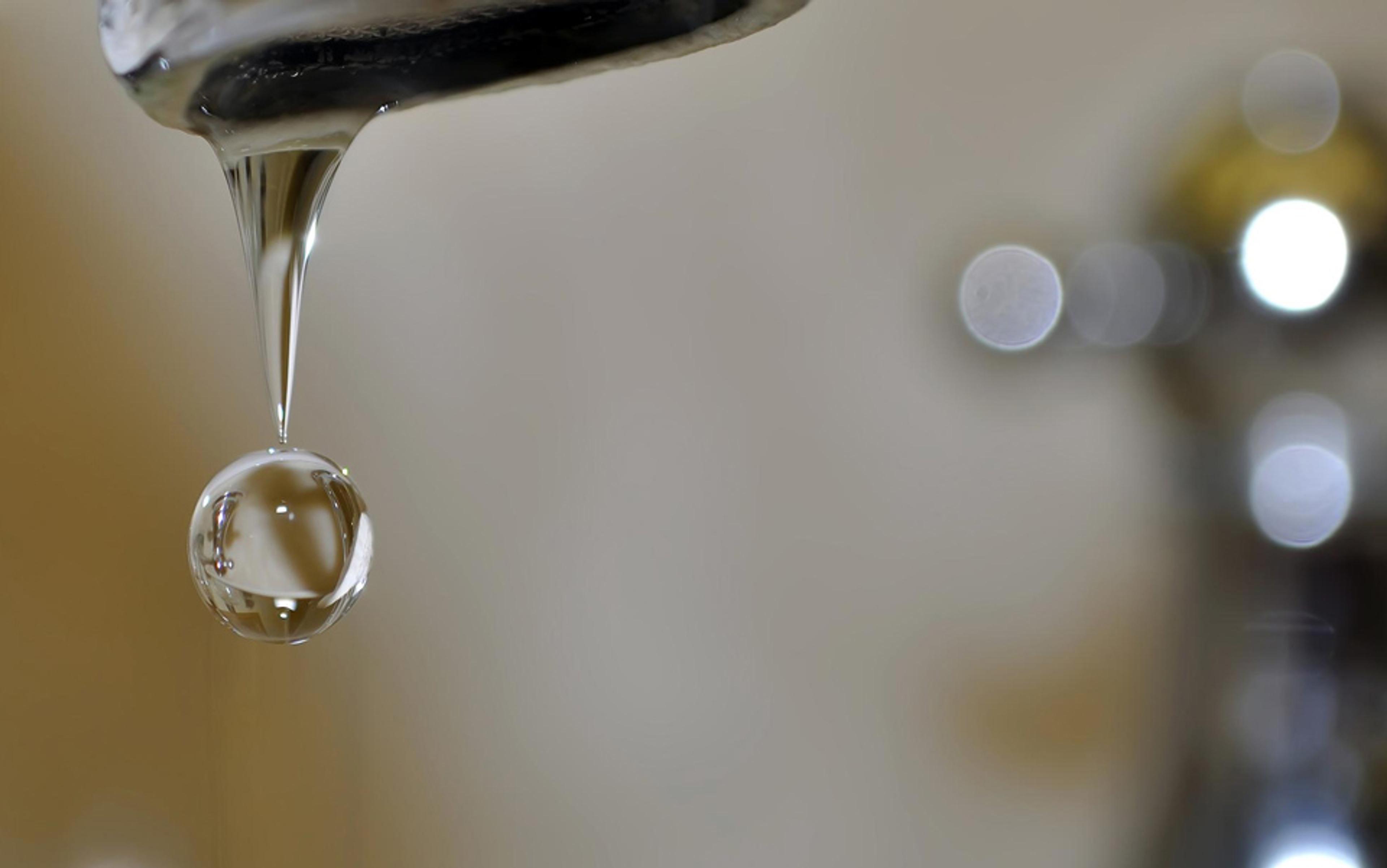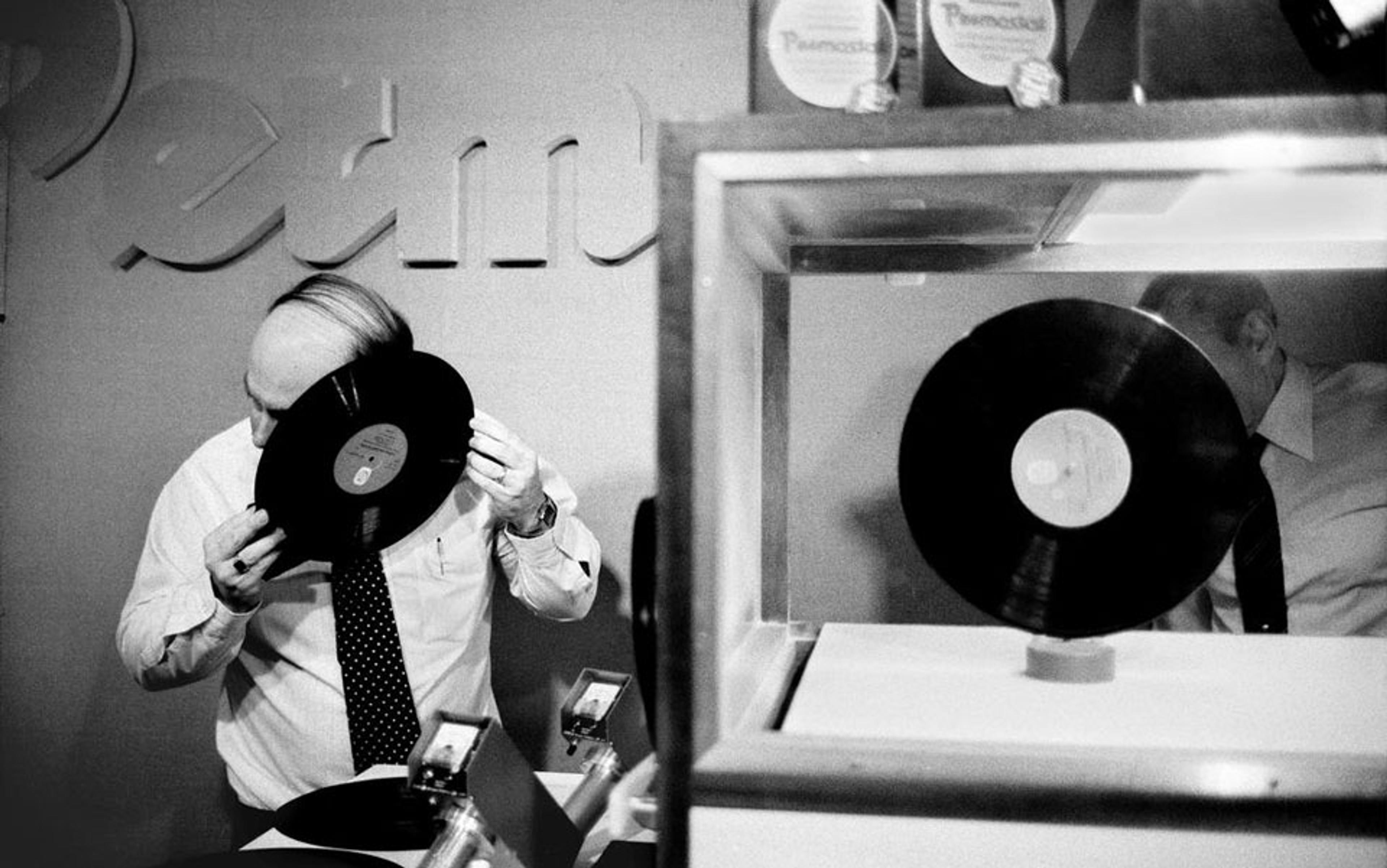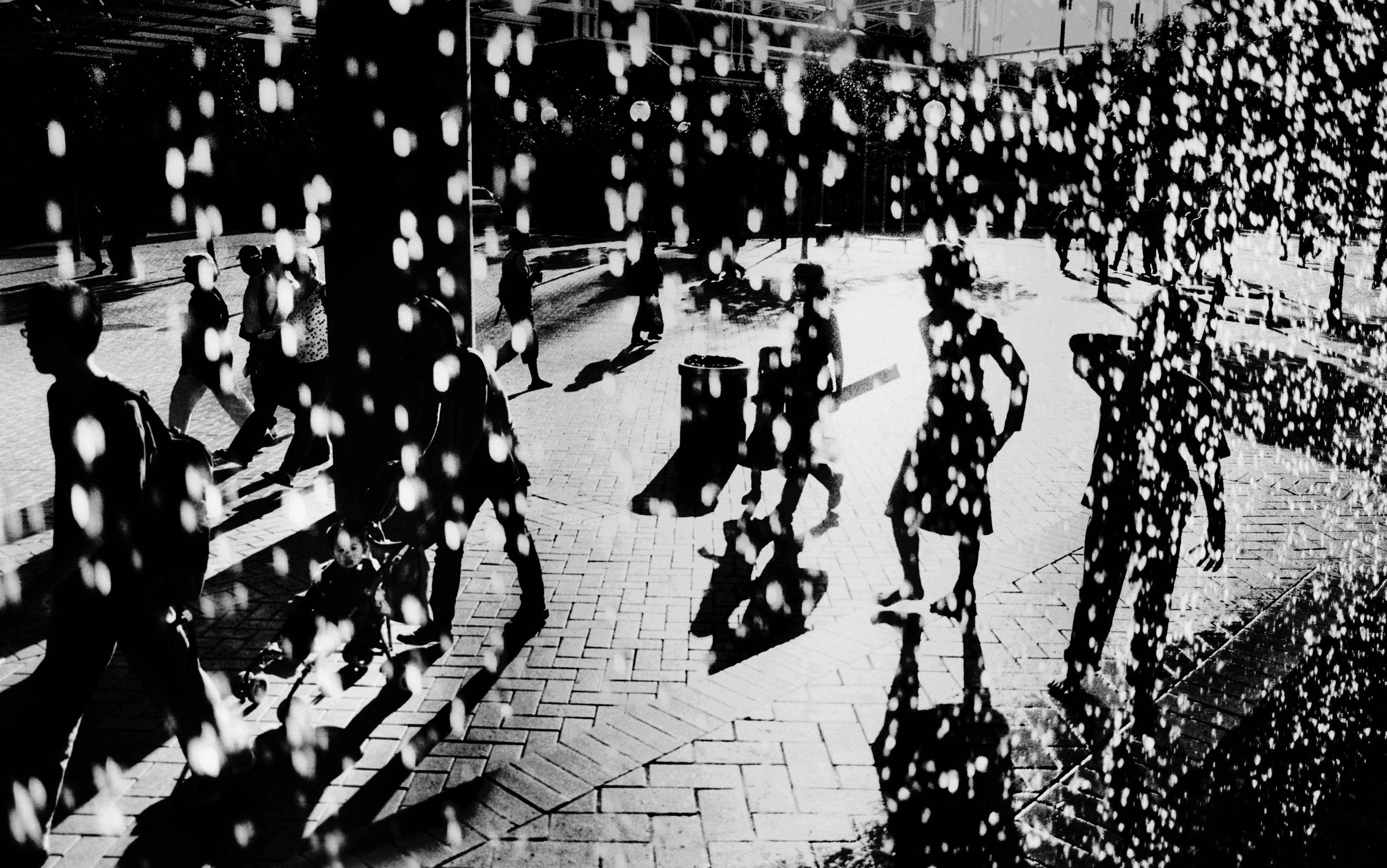When I woke up one morning and found I could hear nothing, my biggest sense of loss came from being unable to listen to my older brother and sister playing my favourite Diabelli duet. Down on the floor between my siblings’ feet, I tried desperately to retrieve something of the music by touching the piano body, but to little avail. I was six years old.
A few months later, I got my first standard-issue ‘government property’ hearing aid and began to hear speech, though understanding it only in certain favourable conditions, mainly one-to-one in a quiet environment. The powerfully amplified sound was partial and distorted – a fact brought home to me when I learnt to read and play music myself and saw with my own eyes the limitations and imperfections of what I was hearing. In time, music would become essential to my existence, the heartbeat and oxygen of my artistic, emotional and spiritual life.
From playing the piano for friends and giving recitals at poetry readings, I graduated to teaching and composing. I performed with a Javanese gamelan ensemble and a Thai music group at London’s Southbank Centre; and I took a course of harp lessons, collaborating with my teacher on a number of music and poetry performances. Always, I would gauge my contribution by listening intently to the other musicians.
Although profoundly deaf, I was a ‘hearing’ musician with a distortion problem and a bias towards lower frequencies. I couldn’t make out the words of a song or aria, but I could appreciate the exquisite subtleties of harmony in an orchestral piece of whose detail I could hear only a small fraction. I heard in an acoustic fashion, my damaged inner ear supplemented by the amplification of powerful hearing aids. I heard music better than speech. While music has its own semantics, it exists within a much more diverse sound envelope, with strong contrasts and patterns. My ability to read and play meant I could fill in the gaps in what my ears were hearing. Conversely, I appreciated the musical qualities of speech, even where I could not understand it.
Then on Sunday, 29 April 2012, as I was driving to a tango class over Cumbria’s Hartside Pass, my hearing aid seemed to sputter out. I could hear nothing. Jiggling the mould in my ear, I wondered whether it had become blocked with wax, or if it needed new batteries. Perhaps the altitude of the pass at 1,903 feet, was making my ears ‘pop’, as had happened before, both here and on aircraft.
I resigned myself to tangoing without sound, relying on aligning my ‘follower’ movements to my partner’s ‘leader’ ones, to compensate for losing the subtle sense of rhythm and feeling. It was strangely disorientating. The tutor took me in hand, tapping the rhythm on my shoulder. I felt flustered and awkward. Then, at the end of the class, as we gathered round a display of paintings of tango dancers, I was knocked off my feet by a sudden tsunami of sound, a great roar that I felt right through my body, getting louder and louder. This was tinnitus, my brain’s response to being deprived of all stimulus to the auditory cortex. At home, I put on a CD, turned the volume to maximum and put fresh batteries in my hearing aid. Nothing. I placed my hands on the CD player, thirsty for any drop of vibration. But all I got was the tinnitus, which continued relentlessly for 20 months, until I received a cochlear implant.
Are you deliberately talking funny?’ I ask the audiologist. Naomi smiles. ‘No. It’s your brain picking out the high frequencies.’ I can see her mouth opening and shutting, forming the words. But all I hear is a high-pitched monotone, a rapid, brittle tink tink tink.
When I take out my shiny bow-shaped sound processor, then slide the transmitter over my scalp till I feel the pull of a magnet under my skin, there’s a crackle, as of a sensitive microphone being switched on in a roomful of waiting poets. Then comes a clatter as my feet knock on the floor, and the schwoom of my in-breath. These are not sounds as a naturally-hearing person hears them. Nor are they like the sounds I perceived with hearing aids before that fateful tango class. My brain is adjusting to new signals, beamed direct to the auditory nerve.
The day of the ‘switch-on’ came four weeks into my post-operative healing.
Naomi started by sending signals from the computer. I heard high-pitched mechanical beeps. ‘Tell me how many beeps you can hear,’ she said. ‘Two… Four… Five… Three…’ I replied. Suddenly my brain grabbed at the tone – its first real auditory input for nearly two years – and went off on a mighty jam session, weaving and jiving in and around the tones until I could no longer distinguish one from another. Then came the moment of the switch-on. Naomi clicked a few buttons on the screen. ‘Can you hear me?’ And that was when I seriously thought she was taking the piss.
A cochlear implant has two main components: a processor, which hooks over the outer ear and is attached to a magnetic transmitter; and a receiver device implanted by the surgeon under the scalp. This is attached to an array of 22 electrodes, and is threaded through the ‘round window’ opening of the cochlea in the inner ear, into the scala tympani, and pushed through its coil for as much as one and a quarter turns. The electrodes come to rest against tissue rich with hair cells that transmit signals, via the auditory nerve, to the auditory cortex, where they’re interpreted as sound.
To give you some idea of the difference between this and natural hearing, a healthy cochlea will have not 22 but as many as 20,000 outer hair cells bunched on to 3,500 inner hair cells that connect to the auditory nerve. The cochlea is tonotopically arranged so that it picks up frequencies along its length – the highest pitches at it’s base, the lowest at its apex.
Obviously, pitch perception with a cochlear implant is going to be very limited. The electrodes are blunt instruments for place pitch, which depends on where the impulse is received. Besides, each electrode carries input from a range of frequencies – in my implant, 188-313 Hz at the lowest end and 6938-7938 Hz at the top. However, given that pitch itself is a construct of the brain, and that the brain has a plasticity without which the cochlear implant almost certainly could not work, it should be possible over time for me to develop improved pitch perception. Even during the ‘switch on’ when the electrodes had been working for over an hour, I was already beginning to hear a broader spectrum of frequencies in Naomi’s voice. It began to sound more ‘normal’.
My dog’s barks set off sympathetic changs and chungs in the radiators through the house
Then again, the cochlear implant cannot process multiple sound sources effectively. This makes disentangling group conversation difficult or impossible. And when faced with a very loud sound, such as a live band or even a fast-flowing river, my implant simply whites out. Nor can it filter out background noise. Six months on, I can still hear my own breathing (the kind of sound a healthy ear naturally mutes), though I have learnt to filter it out by focusing attention away from it.
And so I entered a new world where every tap, squeak, clang, whisper and consonant exploded and sizzled inside my head. The air was filled with a flutter of whistles and flutes in the highest register of ambient noise: my hair rustling, clothes brushing against each other, door hinges squeaking. Every sound had a limitless resonance. Pattering feet set off tinklings that endured. My dog’s barks set off sympathetic changs and chungs in the radiators through the house. Unaccustomed to these frequencies, my brain was at first hungrily picking them out from a palette already weighted, via the scala tympani’s first turn, towards the higher end of the spectrum. However, because of an anatomical feature of the apical nerves – they ‘fan out’ over a portion of the next turn of the coil – I do seem to have access to some low frequencies.
The surgeon, Mr Ahmed, pronounced himself very pleased when I met him a few weeks after the switch-on. Apparently the team had not been expecting such a favourable outcome, given the length of time since my hearing loss. I can understand speech much as I used to with hearing aids. I still need to lip-read and cannot cope with groups. And although I still need subtitles for audio-visual media and cannot understand voices on radio or telephone, after two years of total deafness, the cochlear implant is, for speech, all gain.
But what about music? At first, piped ‘muzak’ in the car sounded like a chorus of squealing mice. Yet the fiddle duo Laura Risk and Athena Tergis, whose album Journey Begun was the first I played after the switch-on, filled me with joy: their lines bold and clear, the pungent, biting timbre of bow on string speaking to me like the voice of an old friend. I went through CD after CD, roamed YouTube sampling random tracks, and from there moved on to play the piano. Everything sounded different.
Nusrat Fateh Ali Khan’s qawwali, the Konevets Quartet, Javanese gamelan, Mozart’s G minor Quintet all sounded unrecognisable and awful, as did familiar pieces on the piano. All I made out was a heavily grunting bass, with little instrumental differentiation. What I could hear best, initially, was music with a simple texture, with perhaps a clear voice foregrounded over light accompaniment, music built on rhythmic principles, or from the weaving of simple lines from unison to consonance, through dissonance and back again. ‘Chart music’ did not cut it for me: I couldn’t hear the bass, and the textures were often muddy.
Playing the piano was at first a distressing experience. I preferred playing with the implant switched off and simply ‘listened’ to the music in my head. Then I picked up a tin whistle. Blowing through it, I immediately experienced pure sound, as though it were coming from somewhere under my breastbone. I played up and down the scale, hearing every note clearly. I tried other wind instruments lying around: a Javanese flute, a set of Peruvian pipes. All gave the same effect, in their distinct timbres. At a music shop I tried orchestral flutes. These tones resonated in my mouth and throat. I could feel the refined quality, the honeyed sweetness of the more expensive flutes. Most of all, I could hear pitch.
I decided to tune my harp, feeling that it must be possible to experience true pitch, when the notes are created by direct contact with the fingers, and the playing position holds the resonating sound box against the body. So I spent hours running up and down scales and arpeggios, improvising tunes, repeating interlocking patterns. My idea was to play and listen as much as possible, concentrating on fully experiencing the pitch. I experimented with intervals, singing them inside me as I played, trying to experience their unique qualities. Then I tested my actual voice against individual notes, using the tuner to compare with them what I was singing. At first I was out by as much as a fourth or a fifth. But I tried and tried again, inching towards the pitch. At fleeting moments where my voice joined the note of the string I had an indefinable sensation of unison. But I was going to have to work at it.
And then I tried the piano again. To my astonishment I found that the music no longer sounded featureless and flat. Even music that had fared particularly badly directly after switch-on, such as Chopin’s Nocturnes, now had shape and harmony. As I played on and on, with increasing emotion, I realised that the ‘top down’ aspect of sound sense was now working in tandem with various ‘bottom up’ sensory routes: the brain wants to make sense of what’s coming in, and collaborates with the environment to create its own perception of the sound.
The extent to which the brain compensates for indistinction I discovered by listening to birdsong. The first time I heard a blackbird with my new high-frequency bias, I was stunned by its clarity and beauty, and by the fact that it was so loud. In a healthy ear the arrays of thousands of hair cells operate according to a ‘volleying’ mechanism, taking it in turns to transmit the very fast-moving energy impulses of high-frequency sound. The electrodes of the implant cannot do this. Yet by looking at spectrograms of birdsong, I can see that a large proportion of the sound is within the frequency limits of what I can distinguish, albeit crudely, and that is enough for me to take in and interpret these songs, many of which I have no memory of hearing before.
Birdsong is the single area in which the cochlear implant has been an improvement on my previous experience with hearing aids. I begin to understand where composers such as Vivaldi, Schubert and Messiaen got some of their inspiration.
I listen with endless delight to the dripping tap in the bath, then I discover the sound artist Tomoko Sauvage, who creates performances using such sounds
Other sounds of the spring have also entranced and fascinated me, such as the calls of sheep and lambs, and the various interlocking ‘hocket’ patterns of geese, ducks and hens. In fact, I am sure I have heard in a combination of these the rhythm of Stravinsky’s Rite of Spring. Then there is the susurration of water in the streams and rivers and the psithurism of the wind in the trees.
Alongside my progress with music, I’ve come to enjoy and even prefer listening to environmental sounds. I listen with endless delight to the dripping tap in the bath, then I discover online the sound artist Tomoko Sauvage, who creates performances using such sounds. I also discover a sound artists’ collective advertising a ‘soundwalk’ in Barrow, in the north of England. Armed with field recording devices, we walk through the town towards the dock. In pairs, we don blindfolds and describe what we hear. At the dockside we listen to underwater sounds with a hydrophone. At the end of the day, the group plays me a video of the amazing deaf sound artist Christine Sun Kim. I’m hooked, and I’ll be using some of the day’s sound clips to contribute to a performance in September.
Music and sound will never be the same again, but as an artist, I wouldn’t want it any other way. My journey has opened up a new awareness of sound. But it has also taken me back to silence.
Absolute silence does not exist. In his book Silence, John Cage describes how, in an anechoic chamber – the quietest possible space on earth – he heard two tones, a ‘high whine’ and a ‘dull roar’ produced by the firing of his own neurons and the flow of the blood through his body. After becoming totally deaf, I too experienced soundscapes from within. I felt sounds such as the wind on my skin, or the shuddering gear lever of my car.
Now that my auditory nerve and cortex are re-engaged, I can appreciate silence, not as an absence of sounds, but as an environment that teems with them. In the space between that ‘inner’ sense and the ‘outer world’ is the arena where the artist in me searches for ‘the real’; as in the soft and yielding limestone of Auden’s poem In Praise of Limestone, in the inherent indeterminacy and receivingness of matter, there is meaning in what is, however broken and fragmentary, particularised by attention and love.






